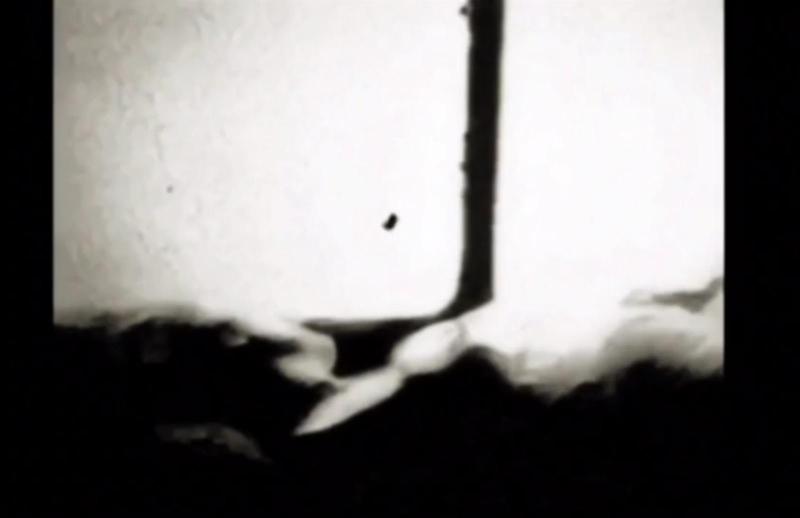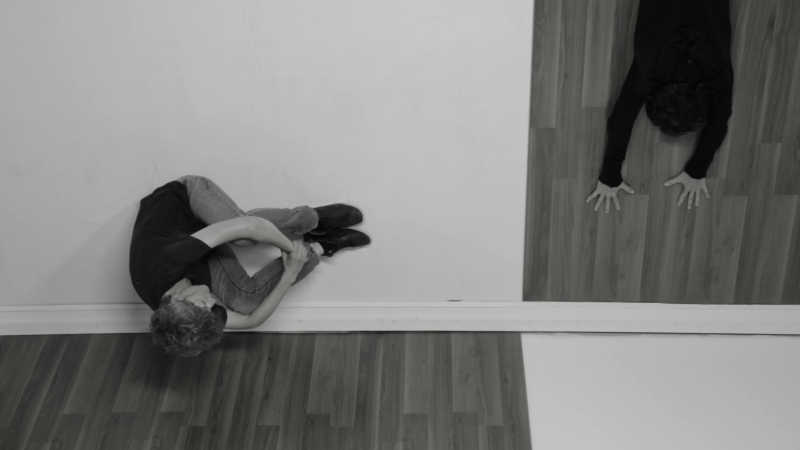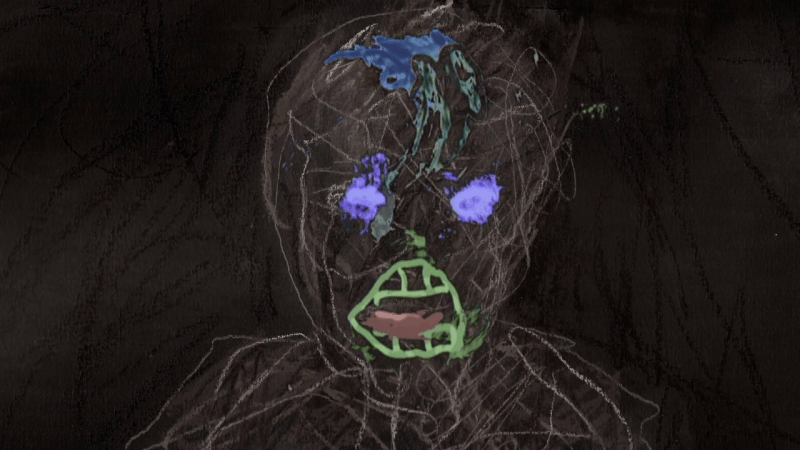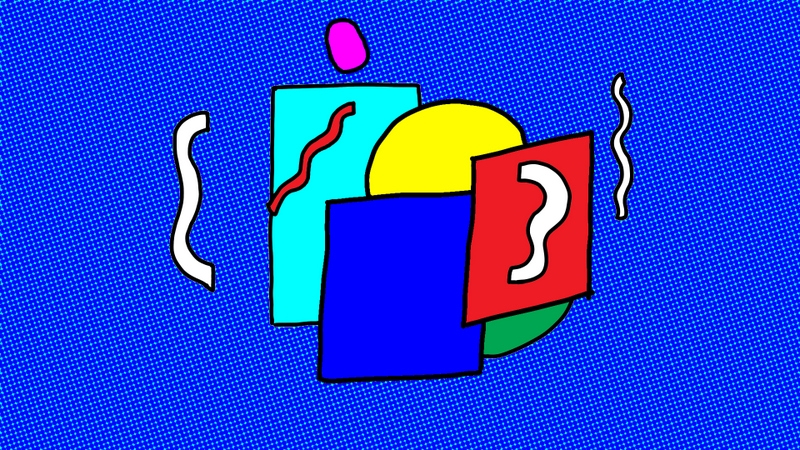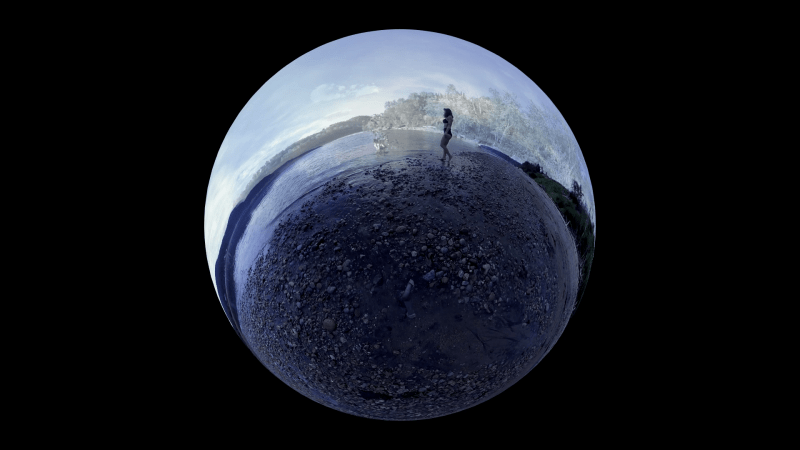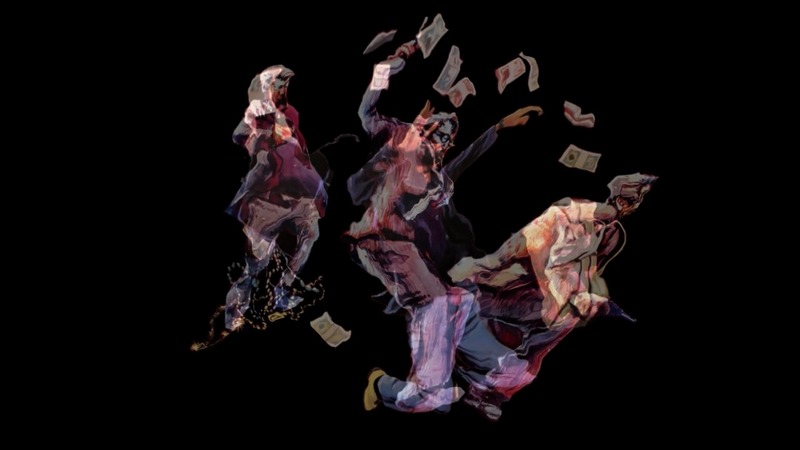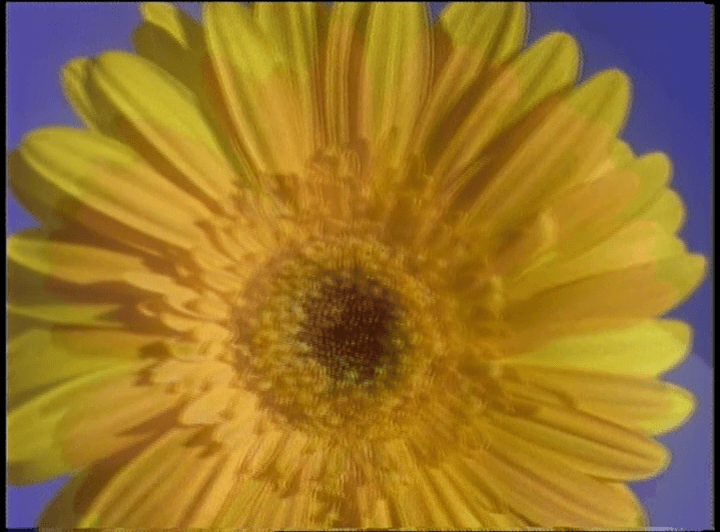From Tehran to Montreal, eight artists (four from Tehran and four from Montreal) were selected by Bahar Taheri for an especially Kafkaesque theme: Transformation*.
A Changing Life
For some of these artists, the transformation seems to be a part of life itself—the locus of all mutations—as its fate ever interfaces with constant change, or what Gilles Deleuze called a cluster of becomings. This vulnerable, fragile, and ephemeral life becomes by definition the mutable and movable ground par excellence, ripe for all disruption and eluding predictions. For other artists, transformation certainly falls within this vital synergy but is above all characterized by the movement of bodies and the transformations and twists that inhabit them. Some works connect and speak to each other through not only importance granted to the aesthetics of movement but also the importance given to the eurhythmic distortion of the body, often in a state of weightlessness. To desire weightlessness, again according to Deleuze, is to deterritorialize oneself and to fall along lines of flight.
The Metamorphosis Of The Cosmos
The selected spaces also become the framework, starting point, or even the precise moment of transformation. Whether in urban spaces or the natural environment, an enclosed space or outdoors, or public or intimate spaces, the fundamental issue is always the transformation of this space, even to the point of undermining it. Spatial transformation is sometimes accompanied by a sound as if these physical and material transformations bore within themselves a mental and immaterial resonance.
A Natural Elimination Of Cultural Borders
Though the artists all come from different socio-cultural backgrounds and though their life trajectories each contain a range of subjectivities, the theme of transformation remains cross-cutting and universal in their work. It reminds us that our modern societies’ sometimes-fixed views of identity and categorization cannot combat the natural evolution of societal transformation. Although one’s understanding, interpretation, and visualization of what transformation is or can vary from one geographic area to another, one artist to another, or one individual to another, a certain consensus is evident: all human creation is bound to constant change. We’re reminded of Lavoisier’s principle in which nothing is lost, nothing, everything is transformed.
Contrasting Visions
The Iranian artists seem to share a personal experience and history related to the effects, emotions, and disruptions specific to a collective memory rooted in time and inscribed on their bodies. The Montreal artists, in turn, seem to explore a possible dialogue attuned to their immediate environment and to choose elusory, porous, open spaces.
Video, Thought-provoking Thinking
Video seems to be one of the most fitting mediums to think through transformation, as it offers an unreal space within the real, an imaginative digression in an intensified world, and emancipatory thinking in an enslaved and fixed reality. The visual in motion then contribute to changing our perceptions of others and offers a possible escape from ancestral molding.
Transformation Without Control
A question remains: Is transformation controlled and controllable? The videos presented here set transformation on a path that is comprehensible and incomprehensible, possible and impossible, in a form that is both imaginable and conceivable, and in a dimension that is at once natural and supernatural.
- Hanieh Ziaei is an independent curator who works on contemporary Iranian art and on the trajectory of so-called cultural diversity artists. She has published texts in various cultural periodicals and Quebec art catalogs. She is currently Acting Director at the Georges-Vanier Cultural Center (CCGV).
*text commissioned by Skol for the video (Montreal)
– Nebras Hoveizavi: Dreamer, 2018. 10:00 min
– Nikki Forest: Flip/Bend Parts 1, 2013. 8:30 min
– Pierre Hebert: You Look Like Me, 2014. 5:46 min
– Mehdi Shiri: Still life, 2016. 4:00 min
– Olivia McGilchrist : Island: vitrine screen 2, 2018. 6:30 min
– Siavash Naghshbandi : Coming Soon in Cinema, 2016. 00:57 min
– Nelson Henricks : Crush, 1997. 12:00 min
– Siavash Naghshbandi : Tehran Invasion and Metastasis, 2017. 4:02 min
– Simin Yaghoubi : Tube 1, 2016. 1:43 min
Total length: 48: 26 min
1- Nebras Hoveizavi | Dreamer
For the one who sees the coming future in her/his dreams, dreaming turns into a captivating experience. After receiving frequent confirmations of what is seen in the dreams, you develop a mental dependence on dreaming to the extent that you find the dream world more soothing than the waking life.
In the wakening hours, we are ignorant of the occurring incidents right before our eyes, just like when we are asleep. In fact, everything has happened before. We haven’t observed their manifestations, because the image development and its appearance in our consciousness take time.
It seems as if the image registration in the mind is identical to the concept of “possibility” in Ibn Arabi’s doctrine of the “Oneness of Being”:
“The Absolute Being cannot accept the Absolute non-Being; the Absolute non-Being cannot accept the Being. There is the ‘possibility’ between Being and the non-Being, which accepts both.”
Or,
“The cosmos which is an isthmus between Being and nonexistence is the possibility. The cosmos is nothing but fantasy.”
Rumi describes the “possibility” in Divan-e Shams:
“Not in this world,
Not in the nest should you seek me out;
Both this and that have vanished in the world I am.”
(Rumi, Divan-e Shams, Ghazal 1759, translated by Lewis 2008)
“The cosmos is nothing but fantasy”, is where the image registration happens. We can’t refer to them or even believe them. We are seeking the kind of truth which common sense supports. It seems that the image registration is the transition phase between the existence and non-existence, whether in the form of a still or moving images.
2- Nikki Forrest | Flip/Bend Parts 1
The artist collaborates with a dancer to create a series of improvised actions which destabilize normal perception. Some of the resulting images heighten the flat and abstract qualities of the image while others invoke (if only to question) the basic principles of gravity and physics. The work privileges notions of failure and the absurd.
3- Pierre Hebert | You Look Like Me
Pierre Hébert and René Lussier
I passed you by, I only passed you by, on the street, in the subway, or rather I saw you, I only saw you, on television, in the newspapers, I read the story of your life, I saw photos of you, I saw you passing by, only passing by, but I couldn’t forget your eyes, they said to me:“Little brother, little sister, you look like me.”
4- Mehdi Shiri | Still life
Life This collection is a result of closely monitoring the environment that surrounds us, the subjects and objects, the silence that the soulless nature has , the portraits, the fluid movement of nature, reminiscence of memories, and how I came to connect with them and my interpretation without any outside interference. This is an effort to utilize Paintings as a tool to depict the colors and forms stemming from the thoughts and wonders that crosses our minds along with using animation to illustrate the fascinating movement of life. I had attempted to work with animation in the past, however I was not able to go beyond the storyboarding level. While working with storyboarding, since it created the scenarios that were yet to be told from start to end in my head, the outcome was the limitation of my creativity and authenticity. However, this time, I changed my perspective and looked at it as a painting by improvising and ignoring the storyboarding. Consequently, I started seeing the infinite number of papers as a painting canvas that was constantly being developed and completed. The context that I wanted to convey in my message was very clear to me, although the way to portray it, would become clear only after several recitals. With this method, I felt like a person in the audience whom would be stunned from the piece. I had experienced this feeling before during drawing of a painting. The selection is from the year 2014- 2015 Mehdi Shiri, January 2016.
5- Olivia McGilchrist | Island
Islands can be seen as metaphors for a condensed physical space in which we are constantly aware of the limits and edges of our living environment. By transposing this metaphor to an immersive VR / sculptural installation, the artist invites users to navigate through an archipelago of singular encounters in which their presence fosters meaning through interactions with characters who currently inhabit these imaginary islands.
6- Siavash Naghshbandi | Coming Soon in Cinema
This video in made up of some pieces the Iranian movie posters from distinct eras of film, which in my opinion reflects the present-day conditions of society. The montage is based on a dialogue from Hajji Washington movie (directed by Ali Hatami – a fictional account of Iran’s first ambassador in the United States).
7- Nelson Henricks | Crush
Crush is the story of a man who wants to turn himself into an animal, as told by the man himself, and one or two observers. He employs a variety of techniques to transform himself into a beast. He cuts off parts of his body. He exercises. He swims. He wants to return to the water; to speed up evolution a little. Has he gone mad, or is he just tired of being human?
As the narrator descends into his private obsession, we begin to perceive the distorted outlines of reason which guide his descent. The trajectory he defines allows us to reflect upon the correlations between the body and identity, our cultural obsession with the beautiful body, and what it means to be human.
8- Siavash Naghshbandi | Tehran Invasion and Metastasis
The population of the city of Tehran has been steadily growing over the last few decades and is now around 13 million.
9- Simin ِYaghoubi | Tube 1
The video focuses on a specific instrument that changes interhuman relations. An instrument to change the perception of self and others. Manipulation of gender in space and time. Sabotage and transgression by incorporating the hybrid instrument on an unusual scale. The carnal contamination of a life which leaks to the next.
